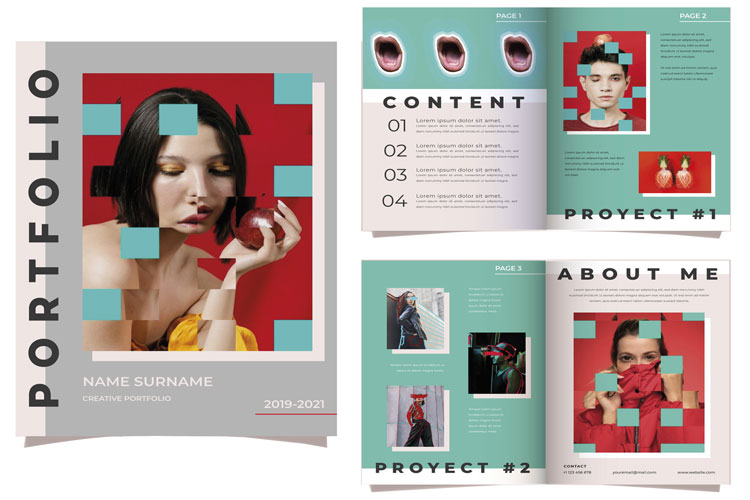About Bizwheel
The main component of a healthy environment for self esteem is that it needs be nurturing. It should provide unconditional warmth.

Booklets are versatile marketing and informational tools that allow organizations to convey detailed messages in a structured and visually appealing format. Whether used for product catalogs, event programs, instructional guides, or promotional brochures, the design of a booklet plays a crucial role in capturing attention, organizing information effectively, and engaging the reader. Here’s a comprehensive exploration of the key components and best practices in booklet design:
Identify the primary purpose of the booklet – whether it’s to inform, educate, persuade, or entertain. Understanding the audience demographics, interests, and preferences helps in tailoring the design and content to resonate with their needs.
Plan the structure of the booklet to ensure logical flow and easy navigation. Use headings, subheadings, and sections to divide content into manageable chunks. Incorporate table of contents, index, or tabs for longer booklets to facilitate quick access to information.
Establish a clear visual hierarchy by prioritizing important information using size, color, contrast, and placement. Arrange elements such as text, images, and graphics in a balanced layout with sufficient white space to enhance readability and visual appeal.
Maintain consistency with brand identity through the use of colors, fonts, logos, and visual styles. Ensure that the booklet design aligns with existing marketing materials to reinforce brand recognition and credibility.
The cover is the first impression of the booklet. Create a visually striking cover that captures attention and communicates the essence of the content inside. Use high-quality images, impactful headlines, and intriguing visuals to entice the reader to explore further.
Craft concise, compelling copy that communicates key messages effectively. Use persuasive language, storytelling techniques, and relevant information to engage the reader and convey the value proposition or main objectives of the booklet.
Incorporate relevant and high-quality images, illustrations, charts, graphs, and infographics to support and enhance the content. Visual elements not only break up text but also help in conveying complex information more effectively and engagingly.
Choose appropriate fonts and typography styles that complement the content and reflect the brand’s tone and personality. Ensure readability by using legible font sizes, line spacing, and paragraph alignment.
Integrate interactive elements such as QR codes, augmented reality (AR), or multimedia content (videos, animations) where relevant and feasible. These elements can enhance user engagement and provide additional layers of information or interactivity.
Select high-quality paper stock and printing techniques that align with the booklet’s purpose and budget. Consider finishes such as matte, glossy, or textured to enhance the tactile appeal and durability of the booklet.
Effective booklet design goes beyond aesthetics; it’s about creating a cohesive, informative, and engaging experience for the reader. By focusing on clear messaging, structured organization, compelling visuals, and consistent branding, organizations can create booklets that effectively communicate their messages, strengthen their brand presence, and resonate with their target audience. Whether used for marketing campaigns, educational purposes, or informational resources, well-designed booklets have the power to leave a lasting impression and achieve desired outcomes in today’s competitive landscape.